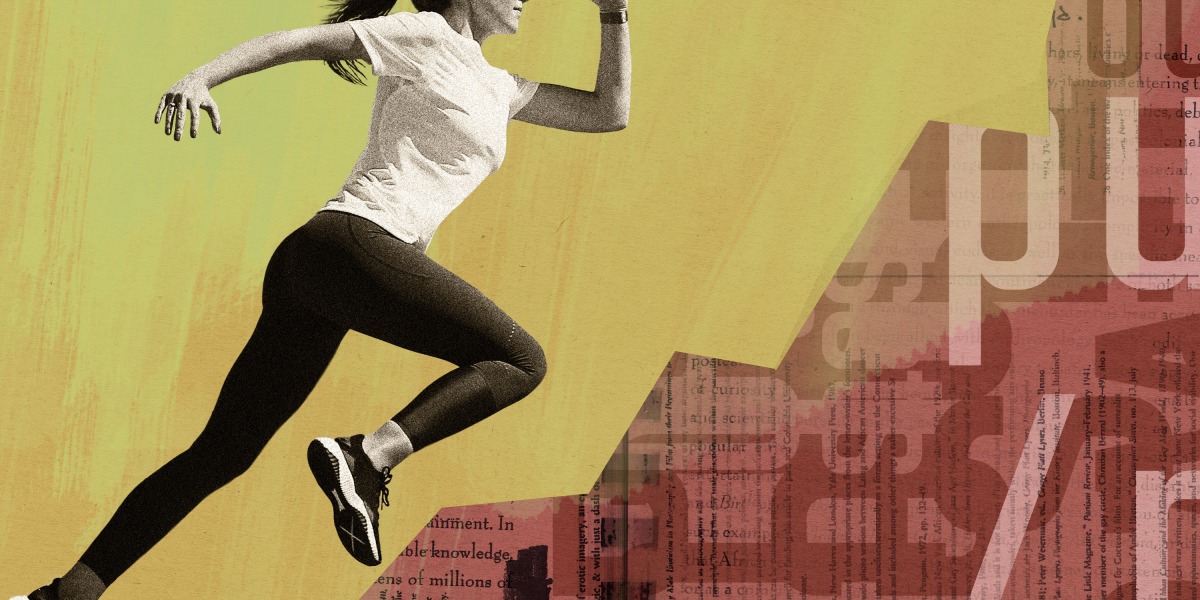
Hitting the gym
Despite the variable quality of ChatGPT’s fitness tips, some people have actually been following its advice in the gym.
John Yu, a TikTok content creator based in the US, filmed himself following a six-day full-body training program courtesy of ChatGPT. He instructed it to give him a sample workout plan each day, tailored to which bit of his body he wanted to work (his arms, legs, etc), and then did the workout it gave him.
The exercises it came up with were perfectly fine, and easy enough to follow. However, Yu found that the moves lacked variety. “Strictly following what ChatGPT gives me is something I’m not really interested in,” he says.
Lee Lem, a bodybuilding content creator based in Australia, had a similar experience. He asked ChatGPT to create an “optimal leg day” program. It suggested the right sorts of exercises—squats, lunges, deadlifts, and so on—but the rest times between them were far too brief. “It’s hard!” Lem says, laughing. “It’s very unrealistic to only rest 30 seconds between squat sets.”
Lem hit on the core problem with ChatGPT’s suggestions: they fail to consider human bodies. As both he and Yu found out, repetitive movements quickly leave us bored or tired. Human coaches know to mix their suggestions up. ChatGPT has to be explicitly told.
For some, though, the appeal of an AI-produced workout is still irresistible—and something they’re even willing to pay for. Ahmed Mire, a software engineer based in London, is selling ChatGPT-produced plans for $15 each. People give him their workout goals and specifications, and he runs them through ChatGPT. He says he’s already signed up customers since launching the service last month and is considering adding the option to create diet plans too. ChatGPT is free, but he says people pay for the convenience.
What united everyone I spoke to was their decision to treat ChatGPT’s training suggestions as entertaining experiments rather than serious athletic guidance. They all had a good enough understanding of fitness, and what does and doesn’t work for their bodies, to be able to spot the model’s weaknesses. They all knew they needed to treat its answers skeptically. People who are newer to working out might be more inclined to take them at face value.
The future of fitness?
This doesn’t mean AI models can’t or shouldn’t play a role in developing fitness plans. But it does underline that they can’t necessarily be trusted. ChatGPT will improve and could learn to ask its own questions. For example, it might ask users if there are any exercises they hate, or inquire about any niggling injuries. But essentially, it can’t come up with original suggestions, and it has no fundamental understanding of the concepts it is regurgitating
